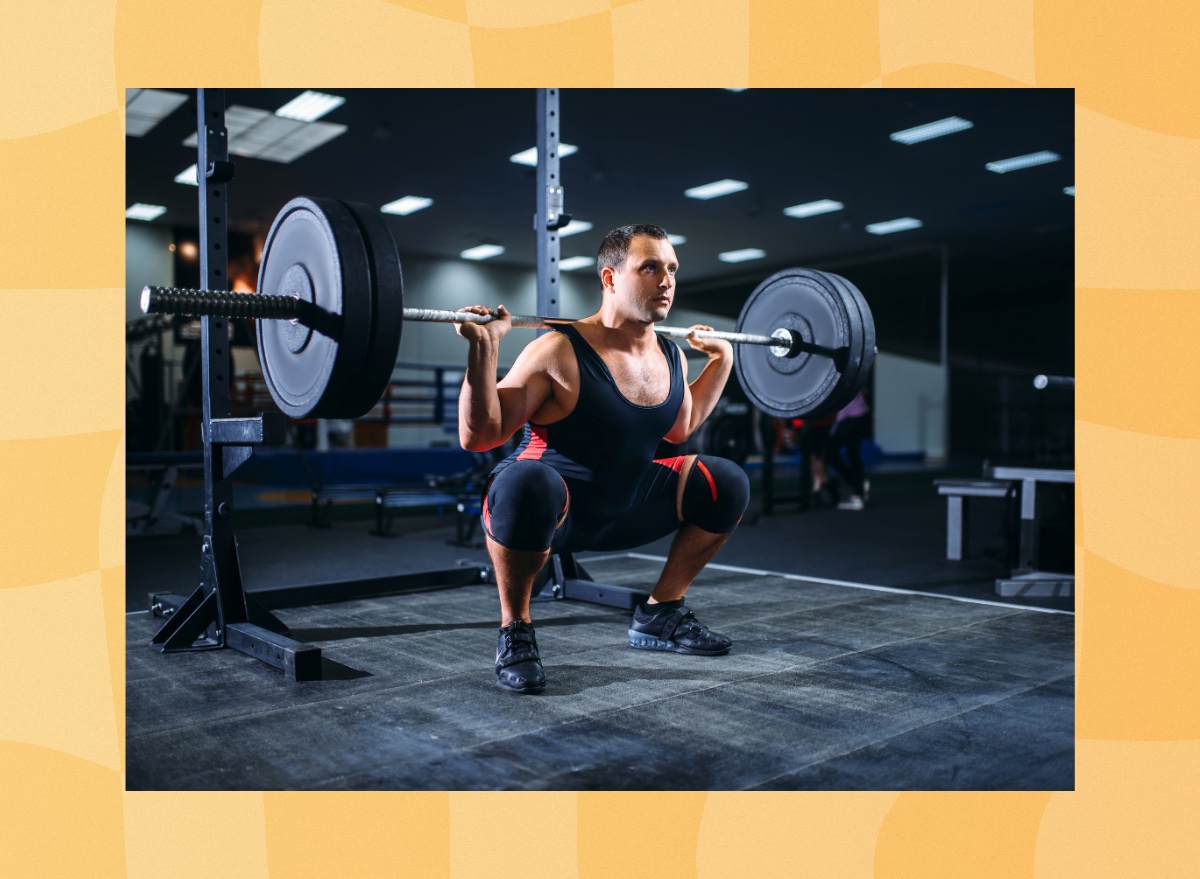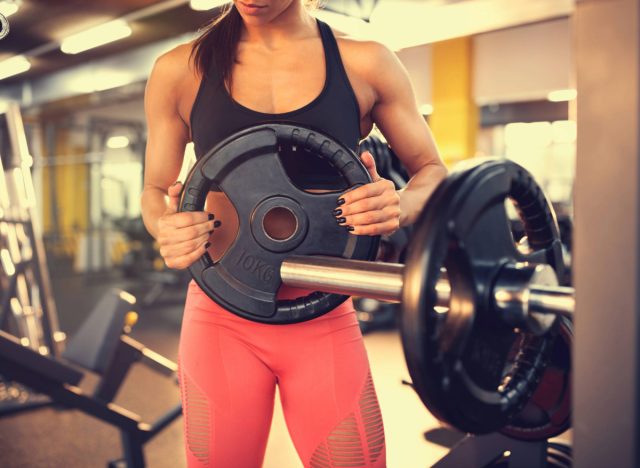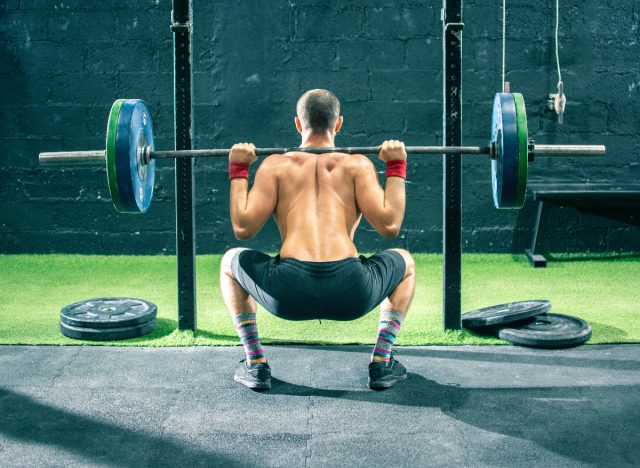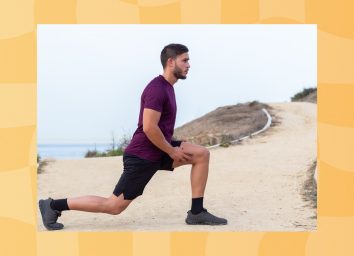How Much Weight Do You Need To Squat To Build Muscle?

Building muscle through squatting is a cornerstone of many strength training routines, providing a foundation for overall fitness and athletic performance. The back squat, in particular, stands out as a powerhouse exercise, engaging multiple muscle groups simultaneously and delivering significant gains in strength and muscle mass. However, determining how much weight you need to squat to build muscle can be challenging. The amount of weight often depends on your current strength levels, experience, and commitment to consistent, progressive training.
Mastering the principles behind safe and effective weight progression and understanding the extensive benefits of back squats are crucial steps in your muscle-building journey. You'll feel a sense of accomplishment as you gradually increase your capacity and confidence by starting with manageable weights and incorporating goblet squats and barbell squat-to-box variations.
Based on my extensive coaching experience spanning over a decade, I can confidently say that no exercise surpasses the back squat in promoting muscle growth in the lower body. Its effectiveness is unparalleled.
How to safely and effectively increase your back squat weight:

Increasing your back squat weight is a process that requires patience and strategic planning. Here are some key strategies to help you progress:
1. Progression through exercise variations
While these exercises are not the only ways to progress your back squat technique and harness their powerful effects for muscle growth, they provide a solid starting point.
Goblet Squat: This is a great starting point for beginners. Holding a dumbbell close to your chest while squatting helps improve your form and build foundational strength. As you get comfortable, you can gradually increase the weight. Don't hesitate to utilize a goblet squat to box if your mobility isn't entirely up to par. Safe and effective progression is always crucial!
Barbell Squat-to-Box: This variation involves squatting down to a box or bench, which can help you learn proper depth and control. It's also easier on the knees and lower back, making it an excellent transitional exercise before moving to a full barbell squat.
Barbell Squat: The classic back squat with a barbell is where you can significantly increase your weight. Start with the bar to perfect your form, then gradually add weights.
2. Linear progression
Linear progression is a method where you consistently add a small amount of weight to your squats each week, allowing your body to adapt to the increasing load without risking injury.
Start with a weight you can comfortably squat for eight to 12 reps, which might be just the barbell for beginners or slightly more for those with some experience. Each week, add 2.5 to five pounds to your squat. While this may seem minimal, these small increments accumulate over time, leading to significant strength gains.
Another rule of thumb for linear progression is that the weights increase as the reps decrease. You should increase the load if you shift to lower rep schemes, such as four to six reps per set. By lifting heavier weights for fewer reps, you continue to challenge your muscles and promote strength gains, maintaining the principles of progressive overload.
Listening to your body is crucial; if you experience pain (distinct from the usual muscle burn), take it as a sign to rest or reduce the weight slightly. This approach prioritizes your safety and reassures you that you're on the right track to effective muscle building.
How to perform a back squat:

Performing a back squat correctly is crucial for maximizing muscle growth and preventing injury.
Executing a back squat with correct form is not just about maximizing muscle growth; it's also about preventing injury.
Start by positioning the barbell at about chest height in a squat rack and gripping the bar with your hands slightly wider than shoulder-width. Step under the bar, position it comfortably across your upper back, and squeeze your shoulder blades together. Lift it off the rack by straightening your legs and take a few steps back to clear the rack. Place your feet shoulder-width apart with your toes slightly pointed outwards, ensuring you distribute your weight across your feet.
Engage your core and lower your body by bending your hips and knees, keeping your chest and back straight. Aim to lower until your thighs are at least parallel to the ground. Finally, push through your whole foot to straighten your legs and return to the starting position, maintaining controlled and steady movements throughout the exercise.
How back squats benefit muscle growth:

Back squats are a powerhouse for muscle growth, targeting several major muscle groups simultaneously, emphasizing the effects of compound exercises:
Quadriceps: These are the primary muscles that work during a squat and are located at the front of your thighs. The quadriceps extend your knees as you rise from the squat position. They bear a significant portion of the load, especially during the ascent phase of the squat.
Glutes: The gluteal muscles, or glutes, are heavily engaged during squats. These muscles, which include the gluteus maximus, medius, and minimus, are responsible for hip extension and play a crucial role in pushing up from the squat position. The deeper you squat, the more the glutes are activated, making them essential for powerful lower-body movements.
Hamstrings: The hamstrings are located at the back of your thighs and support squats. They assist in hip extension and help stabilize and control the movement, particularly during the descent phase. While they don't bear as much load as the quadriceps, they are vital for maintaining balance and proper form.
Core: A strong core is essential for maintaining proper form and stability throughout the squat. The core muscles, including the rectus abdominis, obliques, and transverse abdominis, work to stabilize your spine and pelvis. Engaging your core helps maintain an upright posture and prevent excessive forward lean, which can lead to injury.
Lower Back: The lower back muscles, particularly the erector spinae, are crucial for maintaining an upright posture during the squat. They help to keep the spine in a neutral position, reducing the risk of injury and ensuring that the force generated by the legs transfers through the body.
Back squats stimulate the release of growth hormones by engaging multiple muscle groups, which further promotes muscle growth. They also demand balance and coordination, helping to improve overall athleticism and functional fitness.
The principle of progressive overload is crucial for muscle growth. This means gradually increasing your workout's weight, volume, or intensity to continually challenge your muscles. As your muscles adapt to heavier loads, they grow stronger and larger.
Additionally, proper nutrition plays a vital role in muscle growth. Consuming adequate protein and calories supports the repair and growth of muscles post-exercise, ensuring you maximize the benefits of your training.









